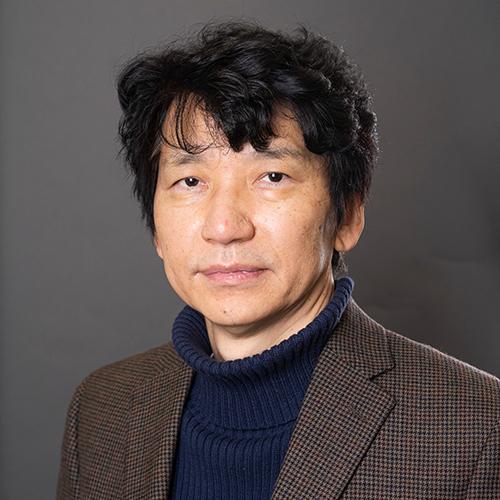Kisok Richard Kim, Ph.D.
Associate Professor of Psychology
Graduate Coordinator, Experimental

- Office:
- Doorley Hall, Ground Floor
- Phone:
- (914) 633-2232 (914) 633-2232
- Email:
- kkim@iona.edu
Degrees:
- Ph.D., New York University
- BA, Yonsei University
Dr. Kisok Richard Kim teaches courses in cognition and learning, general psychology, psychology of learning, quantitative research methods, and experimental research methods. He is also interested in political psychology and psychology of religion, and has been studying various factors underlying liberal-conservative political orientation and cross-cultural comparisons of religious and supernatural beliefs.
- Kim, K.R., Kang, J., & Yun, S. (2012). Moral Intuitions and Political Orientation: Similarities and Differences between Korea and the United States, Psychological Reports, 111, 1, 173-185.
- Kisok R. Kim, Lawrence T. Maloney, Murray Glanzer and Andy Hilford (submitted for publication) sdtfit: Software for Maximum Likelihood Estimation of Signal Detection Theory Parameters
- Hilford, A., Maloney, L., Glanzer, M. and Kim, K. (submitted for publication). Three Regularities of Recognition Memory: The Role of Bias
- Glanzer, M., Hilford, A. & Kim, K. (2004) Six Regularities of Source Recognition Memory Journal of Experimental Psychology: Learning,
Memory and Cognition Vol. 30 (6) 2004, pp. 1176-1195 - Hilford, Andy; Glanzer, Murray; Kim, Kisok; & Lawrence T. DeCarlo (2002). Regularities of source recognition: ROC analysis. Journal of Experimental Psychology: General, Vol 131(4), Dec. pp. 494-510.
- Glanzer, M., Kim, K., Hilford, A. & Adams, J. K (1999). Slope of the receiver operating characteristic in recognition memory. Journal of Experimental Psychology: Learning, Memory and Cognition, 25(2), 500-513.
- Glanzer, M., Hilford, A , Kim, K. & Adams, J. K. (1999). Further Tests of Dual-Process Theory A Reply to Yonelinas Journal of Experimental Psychology: Learning, Memory and Cognition, 25(2), 522-523.
- Glanzer, M., Kim, K., & Adams, J. K. (1998). Response distribution as an explanation of the mirror effect. Journal of Experimental Psychology: Learning, Memory and Cognition, 24, 633-644.
- Hilford, A. Glanzer, M. & Kim, K. (1997). Encoding, Repetition and the Mirror Effect in Recognition Memory: Symmetry in Motion. Memory & Cognition, 25(5), 593-605.
- Kim, K. & Glanzer, M. (1995). Intra-list interference in recognition memory. Journal of Experimental Psychology: Learning, Memory and Cognition, 21, 1096-1107.
- Kim, K. & Glanzer, M. (1994). Attention/likelihood theory: A reply to Hintzman (1994). Journal of Experimental Psychology: Learning, Memory and Cognition, 20(1), 206-208.
- Glanzer, M., Adams, J.K., Iverson, G.J., & Kim, K. (1993). The regularities of recognition memory. Psychological Review, 100(3), 546-567.
- Kim, K. & Glanzer, M. (1993). Speed versus accuracy Instructions, study time and the mirror effect. Journal of Experimental Psychology: Learning, Memory and Cognition, 19(3), 638-652.


